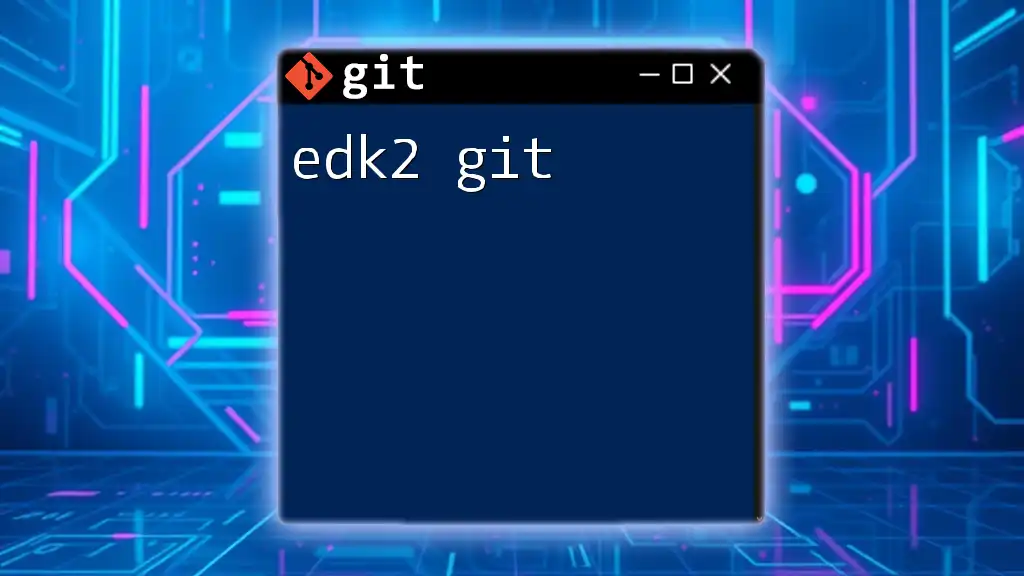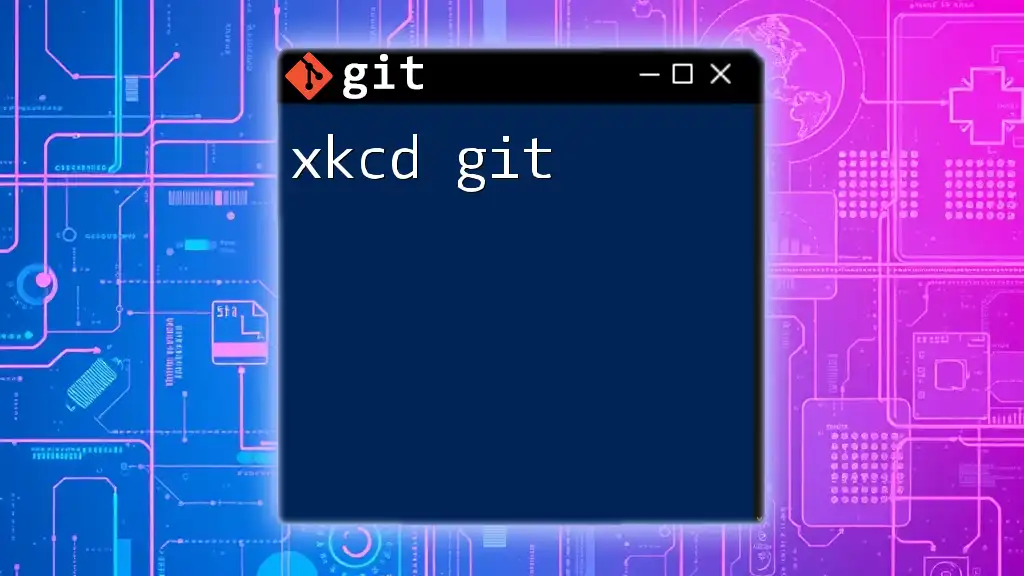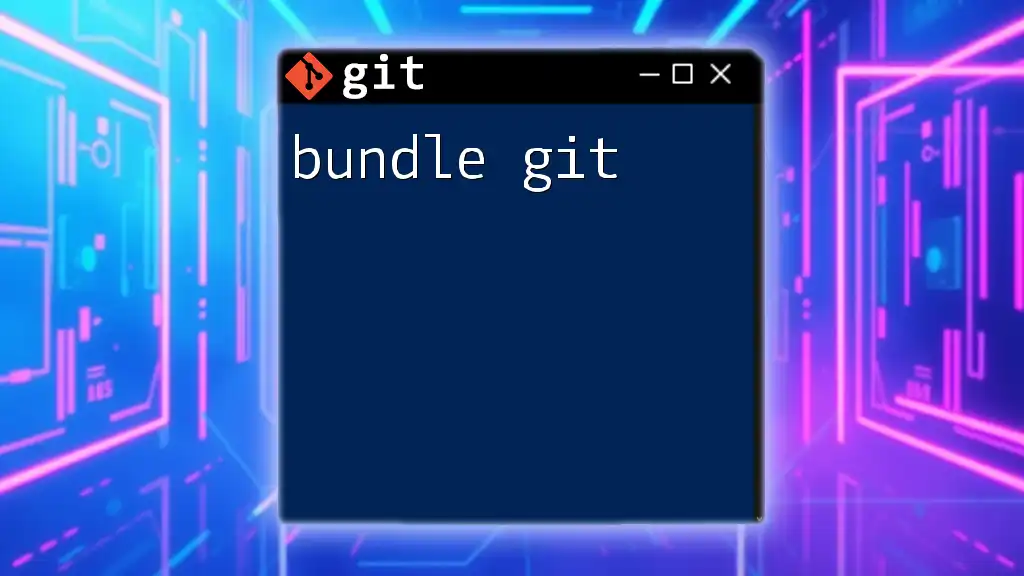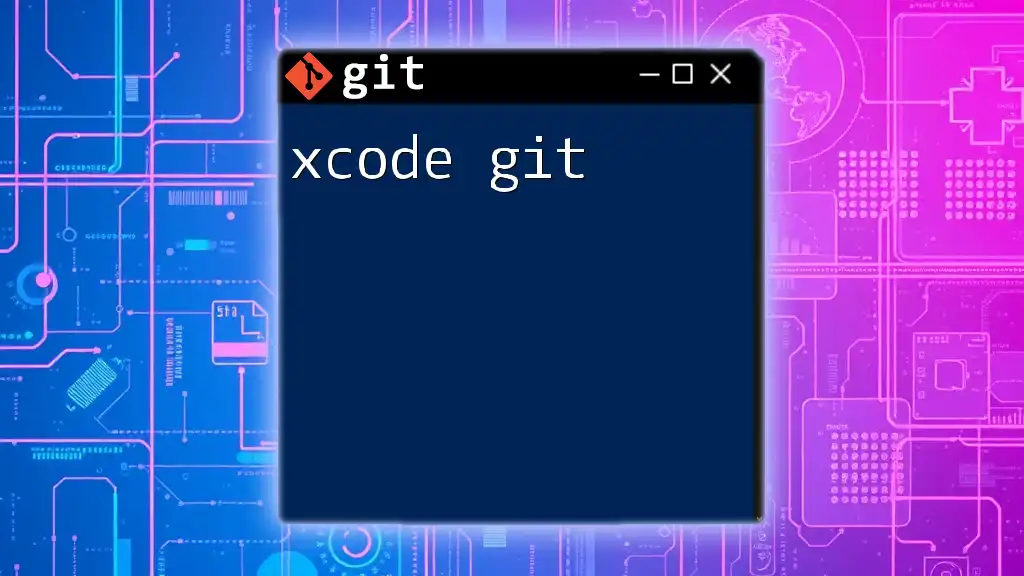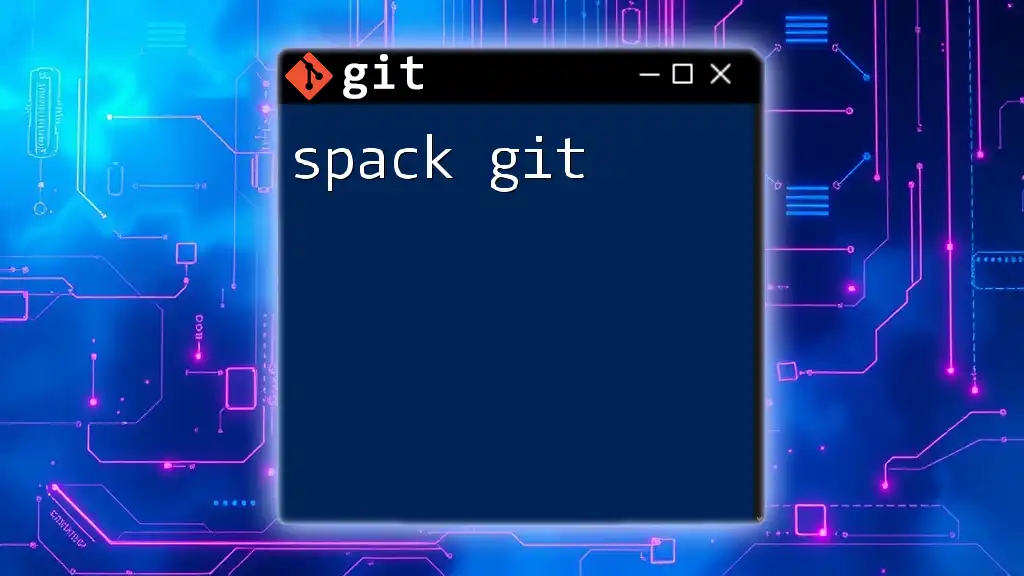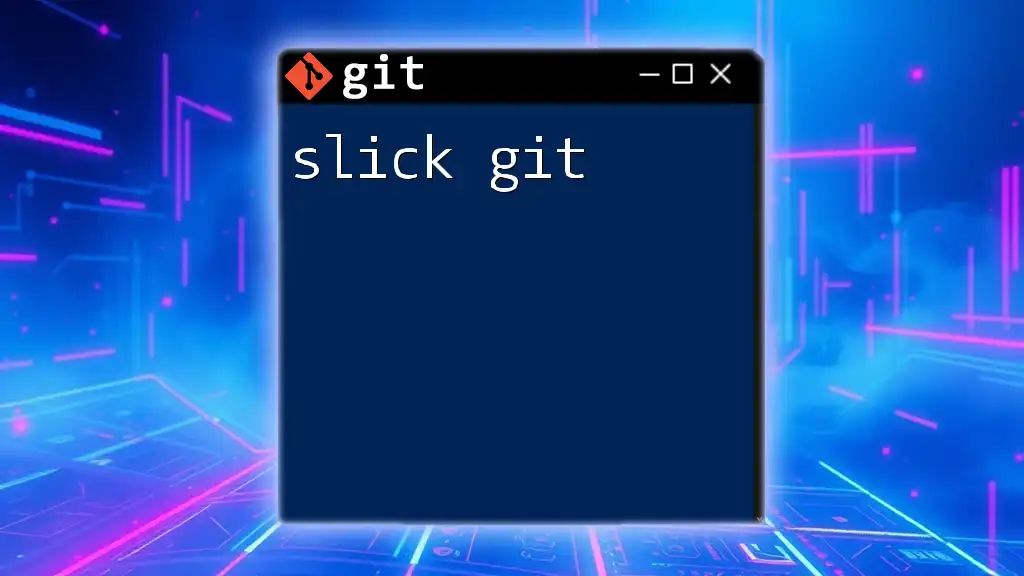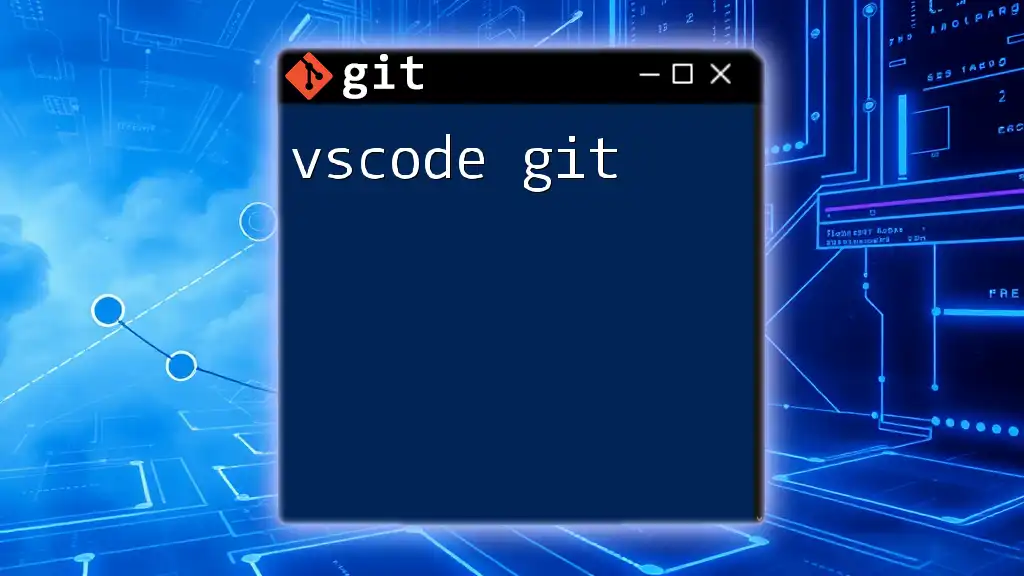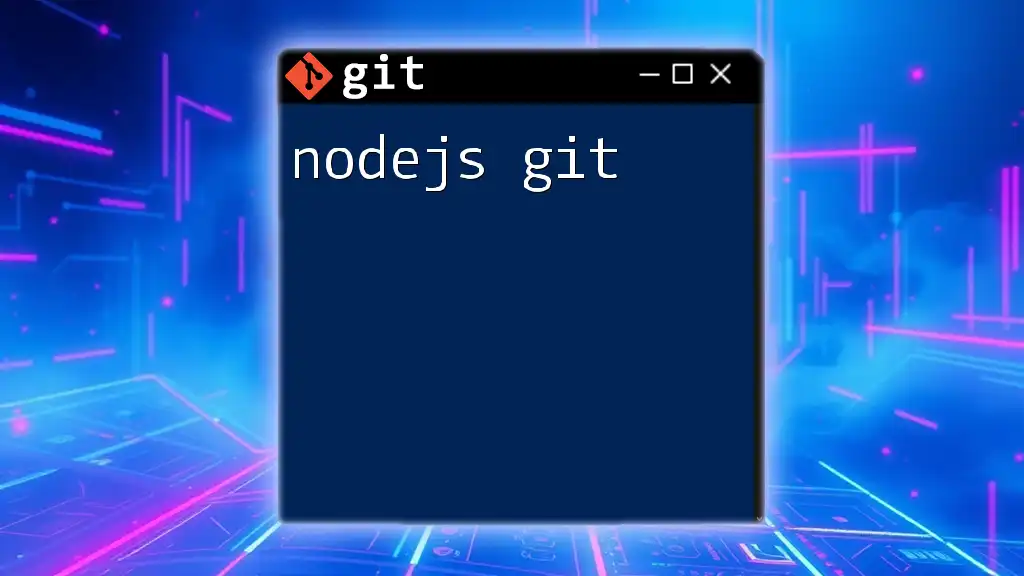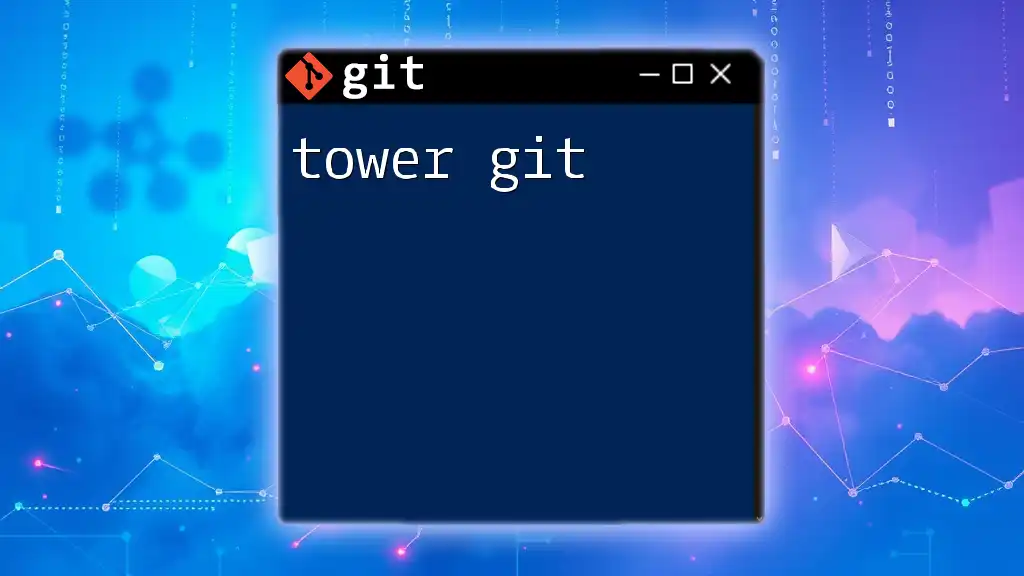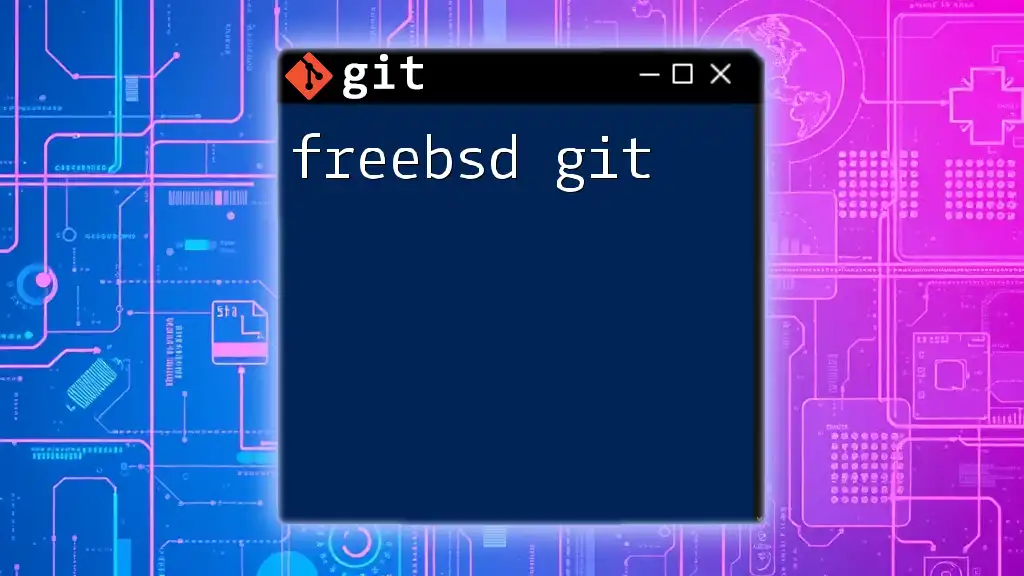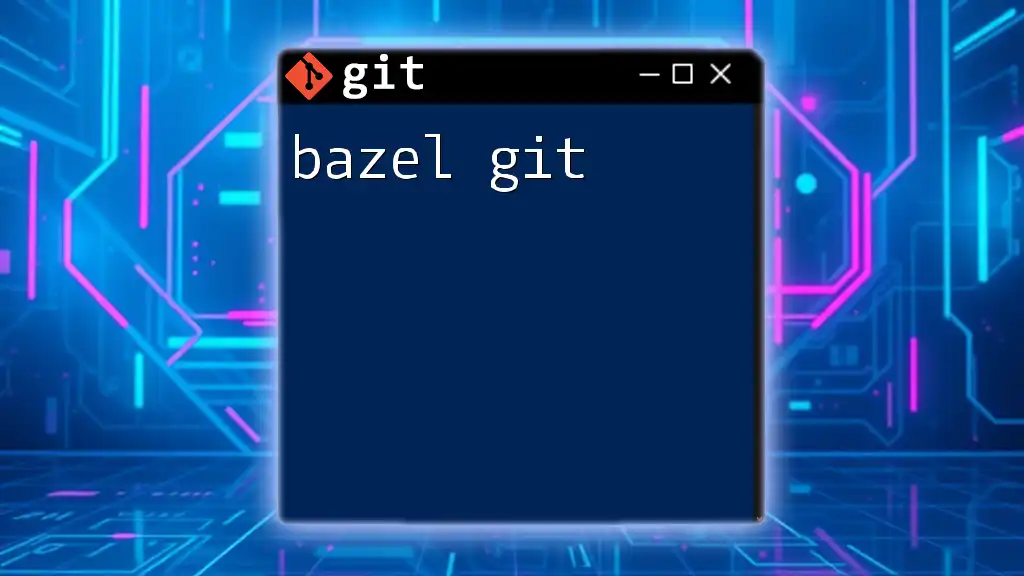The "edk2 git" refers to the version control repository used for the EDK II (Enhanced Development Kit) framework, which is essential for UEFI (Unified Extensible Firmware Interface) development and can be accessed for code management via git commands.
Here’s a basic command to clone the EDK2 repository:
git clone https://git.tianocore.org/git/edk2.git
Understanding EDK2
What is EDK2?
EDK2 (the "EFI Development Kit Revision 2") is an open-source project that provides a complete development environment and packaged tools for creating UEFI (Unified Extensible Firmware Interface) firmware. For developers and engineers working with platforms that use UEFI, understanding EDK2 is crucial as it significantly simplifies the firmware development process, modularizing different components while providing necessary APIs and libraries.
Key Components of EDK2
EDK2 is structured around several key components that work together. The MdePkg is perhaps the most critical, as it serves as the core package containing essential UEFI protocols and libraries, whereas packages like OvmfPkg provide valuable virtualization support for running UEFI applications. Understanding this directory structure and its components is essential for effective use of the EDK2 framework.
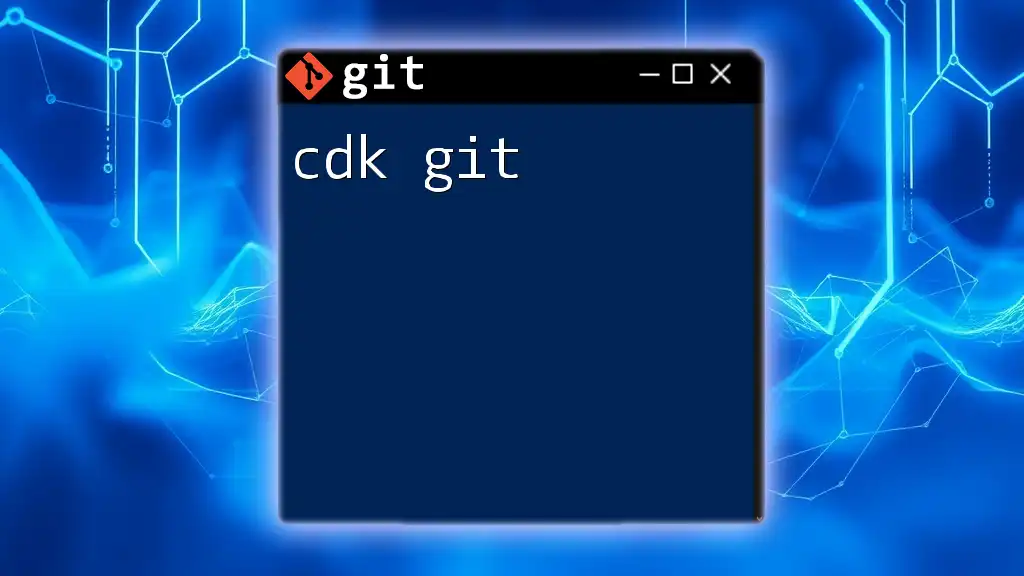
Setting Up Your Environment
Prerequisites
Before diving into using Git with EDK2, make sure your development environment is ready. You will need several pieces of software, including Git itself, Python for scripting tasks, and appropriate build tools like GCC on Linux or Visual Studio on Windows. It’s also advisable to use an updated operating system for better compatibility.
Installing Git
Getting Git set up is straightforward:
-
Windows: Download and install Git for Windows from the official installer. This provides a full-featured Git Bash terminal for command-line operations.
-
Linux: Use your package manager. For example, on Debian-based systems, run:
sudo apt install git -
macOS: Leverage Homebrew with the command:
brew install git
Each of these installations ensures you have Git commands ready at your fingertips for managing the edk2 git repository.
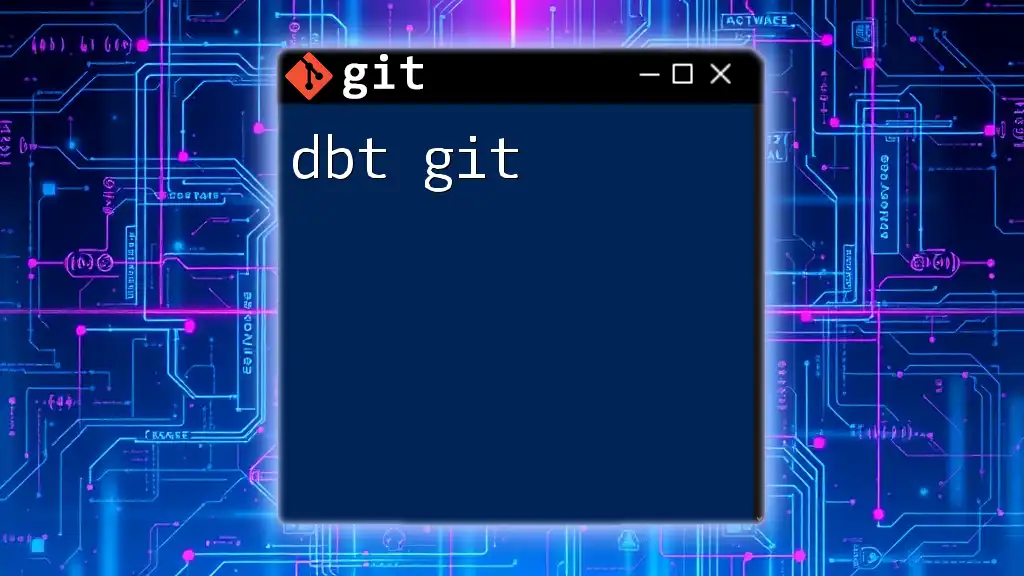
Cloning the EDK2 Repository
Finding the EDK2 Repository
The official EDK2 repository is hosted on GitHub under the Tianocore organization. You can easily navigate to the repository by visiting [TianoCore - EDK2 GitHub](https://github.com/tianocore/edk2).
Cloning the Repository
To get a local copy of the EDK2 codebase, you can clone the repository using the following command:
git clone https://github.com/tianocore/edk2.git
This command creates a complete local copy of the EDK2 project on your machine, allowing you to work offline, manage your changes, and contribute back as needed.
Checking Out Specific Branches
EDK2 features multiple branches, catering to various development stages and stability levels. To see all available branches, execute:
git branch -a
Once you identify the branch you want to work on, you can check it out using:
git checkout stable/202203
This command is crucial to ensure you're developing on the correct version of EDK2 relevant to your project.
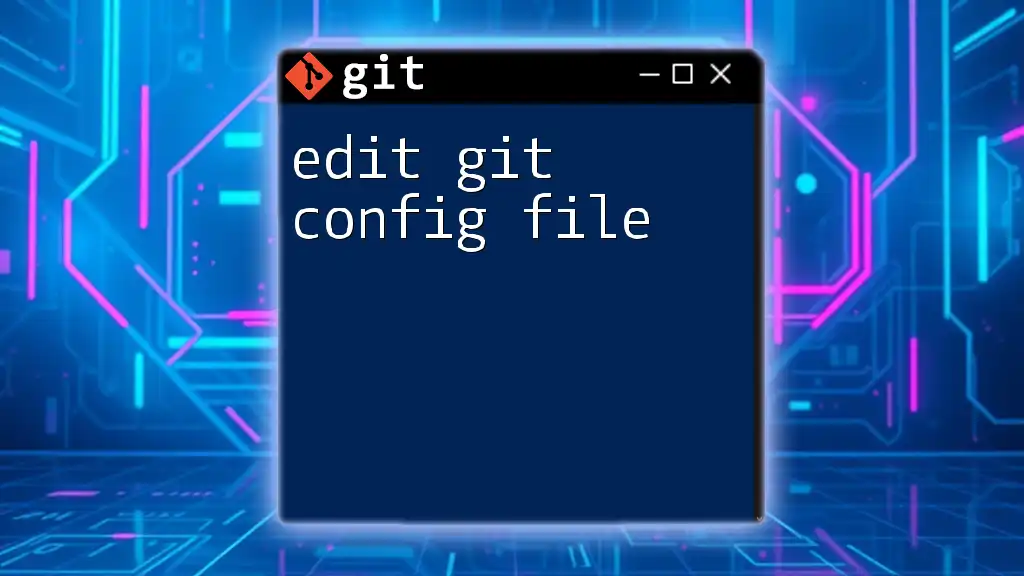
Working with EDK2 Using Git
Understanding Git Basics
Before modifying EDK2 source files, it's essential to grasp some fundamental Git concepts. Git operates with repositories, commits, and branches, allowing for a modular development style. Understanding these layers of management in your project is vital for effective collaboration and version control.
Common Git Commands
In the context of EDK2, here are a few essential Git commands that will help you keep track of your progress:
-
`git status`: This command helps you check the current state of your working directory and staging area, letting you quickly see which files have changes.
-
`git add <file>`: After editing files, you stage them for commit. For instance, if you modified `hello.c`, stage it with:
git add hello.c -
`git commit -m "Your commit message"`: Commit your staged changes to the repository. It's best practice to include meaningful messages to communicate the purpose of the changes effectively.
Making Changes in EDK2
Modifying Source Files
Let’s say you want to make a small change to a C source file within the EDK2 repository. You might modify `hello.c` to print a different message:
// Example modification in a C source file
printf("Hello, EDK2!");
Staging and Committing Changes
After you've made your edits, follow the previous commands to stage and commit the changes:
git add hello.c
git commit -m "Updated hello.c to greet EDK2 community"
Committing your changes with a clear message will make it easier for others (or future you) to understand the history of modifications.
Keeping Your Fork Updated
As you develop, it’s critical to keep your local EDK2 copy updated with the latest changes from the main repository.
Fetching Changes
To update your local repository with the latest changes from the upstream repository, use:
git fetch origin
git merge origin/main
This command sequence fetches updates and merges them with your work, ensuring you're always working with the latest code.
Rebasing Your Changes
Rebasing can also be a powerful method to incorporate upstream changes without the clutter of merge commits. When you want to apply your changes on top of the latest upstream changes, you can execute:
git rebase origin/main
This streamlines the project's commit history and makes it easier to follow.
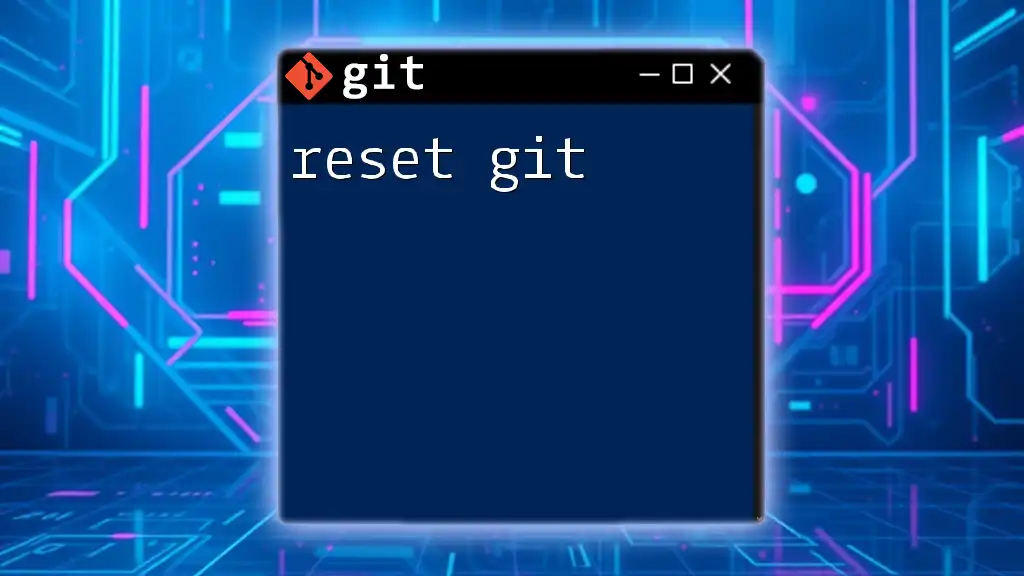
Collaborating with the EDK2 Community
Contributing to EDK2
Creating a Fork
To contribute to the EDK2 project, the first step is often to create a personal fork of the main repository on GitHub. This allows you to experiment, make changes, and prepare your contributions without affecting the main project.
Submitting Pull Requests
Once you've made your changes and are happy with them, it’s time to submit a pull request. Navigate to your fork on GitHub, and use the "Pull Request" feature to propose your changes. Keep in mind that contributions should adhere to coding standards and common practices within the community.
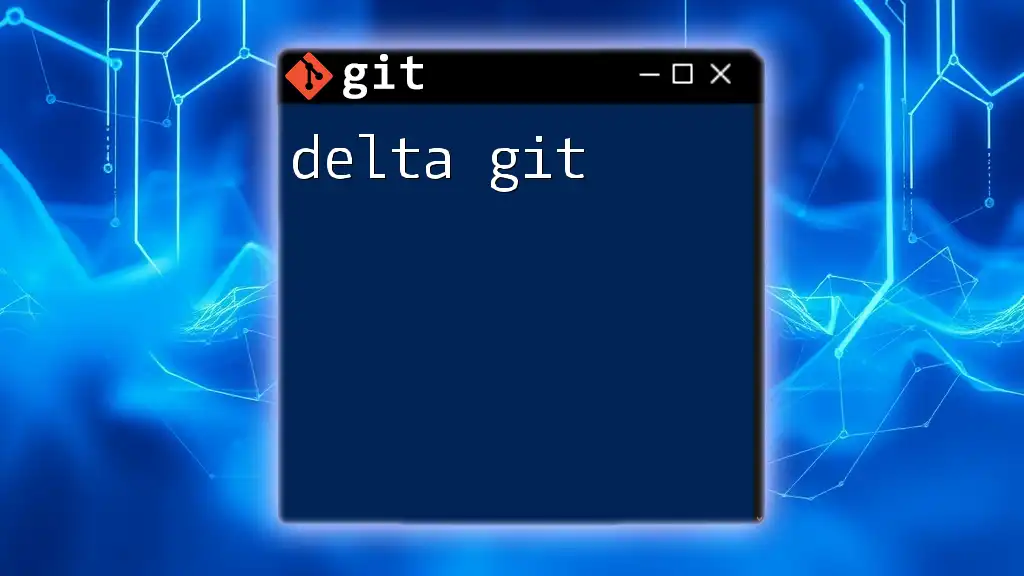
Troubleshooting Common Git Issues
Resolving Merge Conflicts
Merge conflicts often arise when multiple changes overlap. If you encounter a conflict during a merge, Git will prompt you. You can identify the conflicting files and resolve them using your editor of choice. For example, simply edit the file to reconcile differences, then stage and commit the resolved file.
Recovering Old Commits
If you need to go back in time and recover a lost commit, you can utilize `git reflog` to examine your commit history. This command lists all recent actions in your repository, enabling you to find and recover that desirable state.
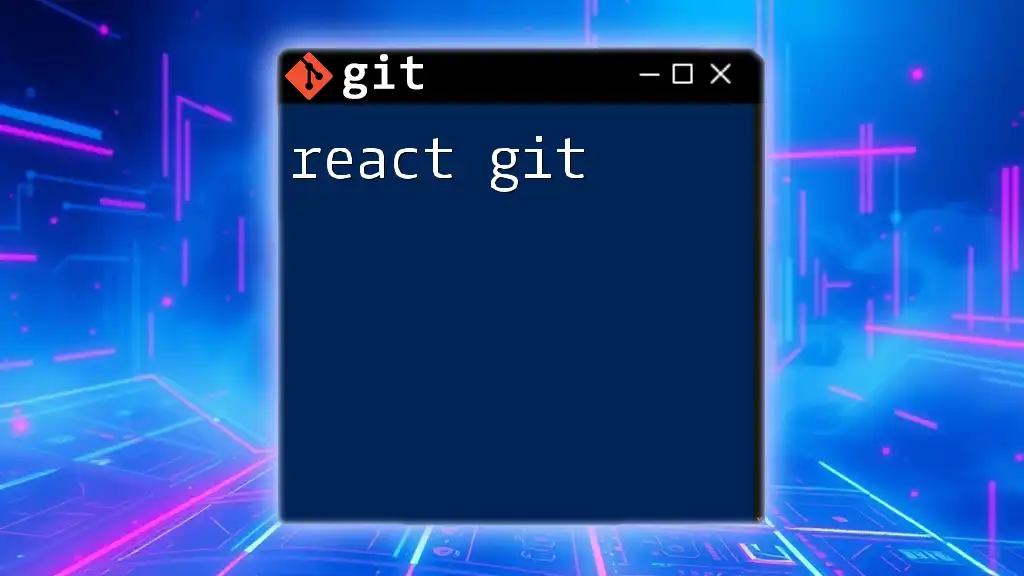
Best Practices for Using Git with EDK2
Commit Messages
Crafting effective commit messages can vastly improve project maintainability. Strive for clarity and succinctness, and when possible, use an imperative tone as if you are giving a command. For example:
Fix memory leak in UEFI booting process
Branching Strategies
Employing a consistent branching strategy enhances collaboration and streamlines development. Consider using feature branches for new developments and bugfix branches for resolving issues. This methodology keeps your main branch stable while allowing for parallel development.
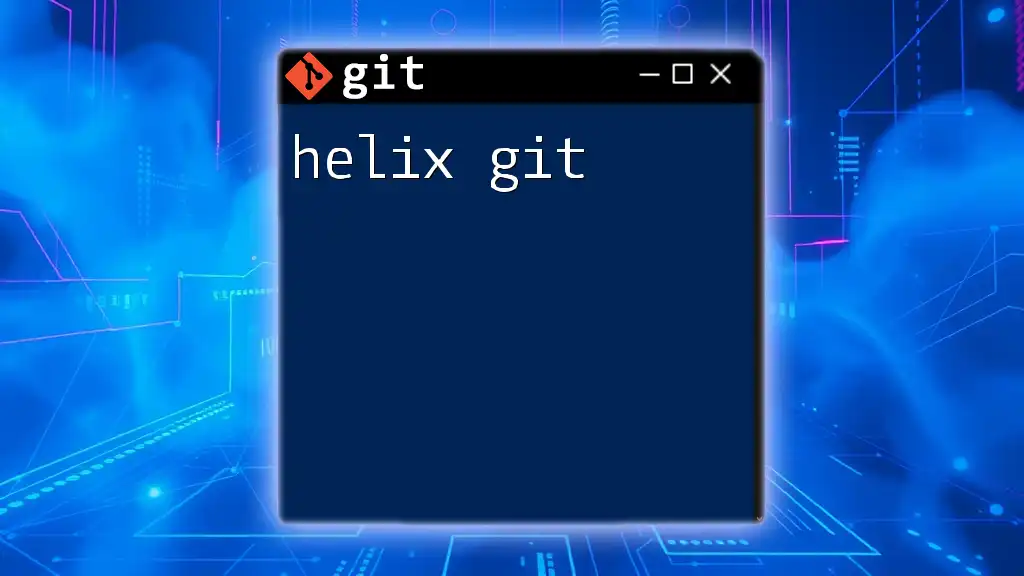
Conclusion
By effectively leveraging edk2 git, you streamline your development process and align with collaborative practices embraced within the software community. A firm grasp over these concepts not only enhances individual productivity but also promotes seamless team cooperation, ultimately contributing to the robust evolution of the EDK2 project. As you explore more advanced Git topics and collaborative tools, your proficiency will surely grow, paving the way for successful EDK2 firmware development.
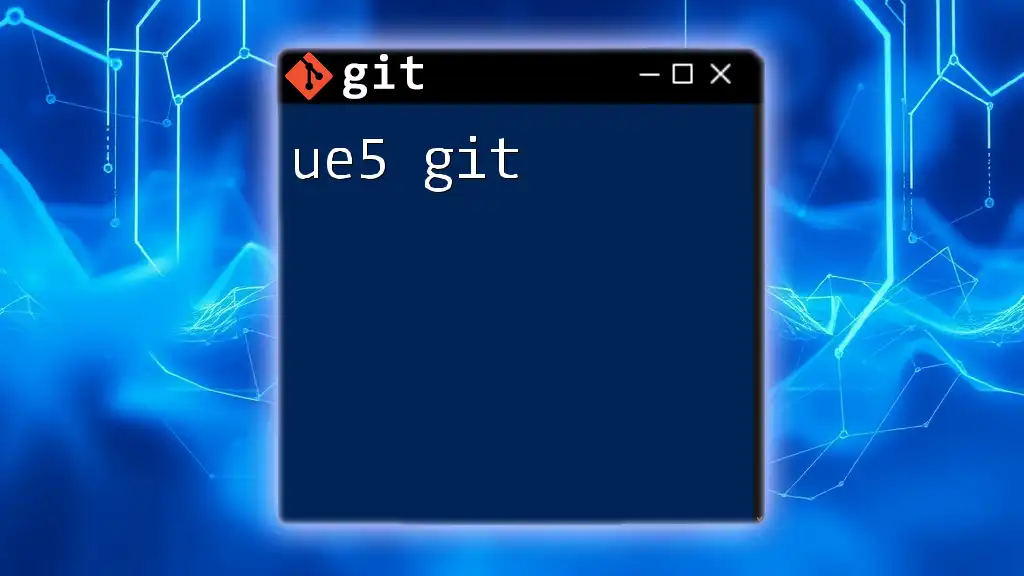
Additional Resources
For additional reading and resources, check out the official EDK2 documentation and explore books, blogs, and courses that delve deeper into Git and EDK2 principles.

